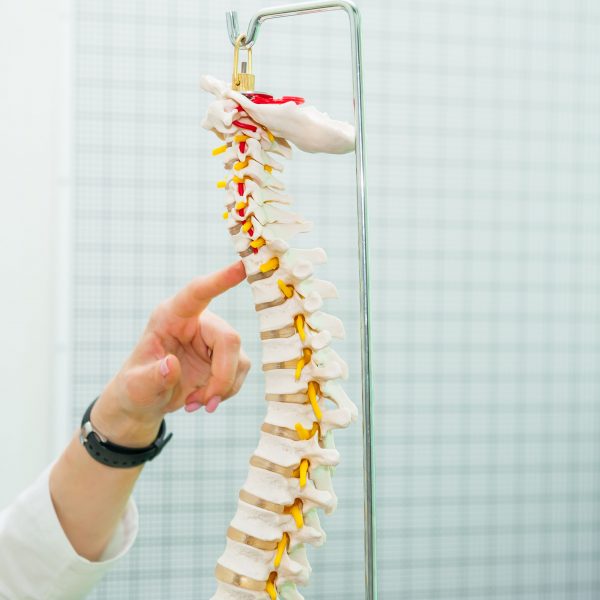Hair loss is a common problem that affects about half of American men and women. Although it is not life-threatening, it can be psychologically distressing and greatly affects the self-esteem of both genders. This article will talk about the treatments for hair loss so you can see available options if you’re struggling with this problem, too. Of course, you must first consult an aesthetic doctor specializing in hair loss treatment for a diagnosis and advice.
Male Pattern Hair Loss
According to the American Hair Loss Association, male pattern hair loss (MPHL) is the most common type of hair loss in men, accounting for 95% of all cases. MPHL is also known as androgenetic alopecia or male pattern baldness.
It is a genetic condition that causes the hair follicles to be sensitive to dihydrotestosterone (DHT), a testosterone byproduct. The individual strands of hair may thin and eventually fall out. The hairline may recede, and the balding may progress to cover the entire scalp. In severe cases, MPHL can also lead to complete baldness. There is no cure for MPHL, but there are treatments available that can help slow down or stop the condition’s progression.
Female Pattern Hair Loss
Female pattern hair loss (FPHL) affects women similarly to MPHL, except the cause is different. In this case, the condition is also genetics but caused by hormonal changes rather than DHT sensitivity.
Like men, women with FPHL may notice that their hairline recedes and their scalp becomes visible with thinning hair. The condition can also progress to complete baldness in some cases. Treatment for FPHL includes the same options as MPHL.
Other Causes of Hair Loss in Men and Women
In addition to MPHL and FPHL, other conditions can cause hair loss in both men and women.
Alopecia Areata
Alopecia areata is an autoimmune condition that causes patchy hair loss on the scalp or body. The exact cause of alopecia areata is unknown, but it is thought to be related to genetic and environmental factors. The condition most often begins in childhood or adolescence, and it can affect people of any age.
Telogen Effluvium
Telogen effluvium is temporary hair loss when hair follicles enter a resting phase. Various factors can cause it, including physical stress, emotional stress, hormonal changes, and certain medications.
In most cases, telogen effluvium is a relatively benign condition, and the lost hair will eventually grow back. However, the hair loss may be more prolonged or severe in some cases.
Trichotillomania
Trichotillomania, or compulsive hair-pulling, is an often socially isolating behavior that leads to noticeable bald patches and damaged hair follicles. While the exact cause of trichotillomania is unknown, experts believe it may be driven by biological factors such as altered neurotransmitter levels or imbalanced brain chemistry. Furthermore, stress, anxiety, and other emotional triggers may also play a role in this condition.
Anagen Effluvium
Anagen effluvium is hair loss that occurs when various factors disrupt the growth phase of the hair cycle. Such factors include chemotherapy, radiation therapy, and certain medications. There is sudden, diffuse hair loss over the entire scalp or just in certain areas. Other symptoms may include itching, burning, or tingling of the scalp.
Anagen effluvium typically does not result in complete baldness. In most cases, the hair will begin to regrow within a few months after the underlying cause has been resolved.

Available Hair Loss Treatments
The right treatment type for you depends on the severity of your hair loss and your personal preferences.
Minoxidil
Minoxidil is a topical medication effective in some men and women, though it may not work well in women with FPHL. The medication works by increasing blood flow to the hair follicles and promoting hair growth. It is available over the counter in a 2% solution for women and a 5% solution for men.
Finasteride
Finasteride is an oral medication only approved for use in men. It works by decreasing DHT production, which can help stop or slow down MPHL and does not affect FPHL. It is typically prescribed in a 1 mg dose daily.
Hair Transplant Surgery
For more advanced cases of MPHL or FPHL, hair transplant surgery may be an option. During this procedure, small sections of the scalp are surgically removed and transplanted to areas with balding or thinning hair. Hair transplant surgery can provide natural-looking results, but it is also a more invasive and expensive option.
Low-Level Laser Therapy
Low-level laser therapy (LLLT) is a newer treatment that uses low-level lasers to stimulate hair growth. The FDA has approved the use of LLLT for MPHL and FPHL, though there is still some debate about whether it works. Some evidence suggests that LLLT can help promote hair growth in men and women, but more rigorous research is needed to understand its effectiveness fully.
Explore Your Options
If your hair loss causes extreme distress, you can explore treatment options. The effectiveness of these treatments varies, so it is crucial to consult a specialist who can correctly diagnose your particular condition. Your doctor can then identify the solution that may work best for your unique needs and preferences.






